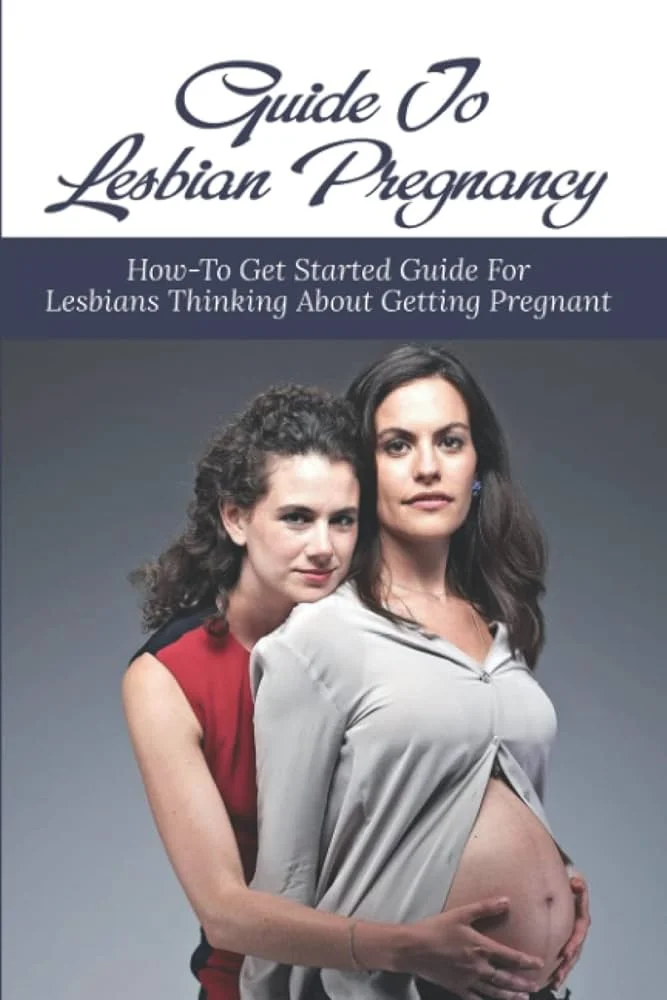Your cart is currently empty!
Eliminating Lice with Confidence: A Guide for Parents
As a parent, just when you think you’re mastering the art of motherhood, a call from your child’s school can throw you into a tailspin. The dreaded news? Your child has lice. If you’re particularly unlucky, this may happen during a crucial work meeting when you’re on speakerphone.
The mention of lice often evokes a sense of dread and embarrassment. However, it’s important to understand that head lice are a common childhood experience, particularly among kids aged 5 to 12. This age group is more prone to lice infestations due to their penchant for close contact during play, which includes touching, sharing clothes, and huddling together for secrets. Lice thrive in environments like schools, daycare centers, and sleepovers.
Identifying Lice: The First Step
Don’t panic. Lice infestations are not an indicator of poor hygiene—lice actually prefer clean hair. Your child’s emotional response is influenced by your demeanor, so approach the situation calmly. Begin by inspecting your child’s scalp using a flashlight or a magnifying glass. Focus on areas prone to itching, such as around the ears, the crown of the head, and the nape of the neck.
Look for nits, which are the eggs of lice. These teardrop-shaped eggs are about the size of a grain of sugar and have a shiny, pearly appearance. They attach firmly to the hair shaft and are often mistaken for dandruff or hair product residue. If you think you’ve found a nit, gently run your finger over it; nits feel hard and do not move, as they are securely attached to the hair. Live lice are small, light brown, and roughly the size of a sesame seed.
Treatment Options
Once you’ve confirmed the presence of lice, the best approach is the traditional method of combing the hair with a fine-toothed lice comb and conditioner, meticulously removing the nits and lice. This method is the least harmful and very effective—hence the term “nit-picking.” You might also consider professional lice removal services, which can be costly but typically come with guarantees.
Alternative treatments, such as home remedies (like olive oil, mayonnaise, or petroleum jelly) and over-the-counter products (like Rid or Nix), are also available but results may vary. Consult your pediatrician for tailored advice based on your child’s age and skin sensitivity.
After addressing the lice, you must carefully remove nits using a specialized lice comb with fine teeth, which can be found at any local pharmacy. Remember, lice can survive on a human head for up to 30 days and in the environment for 48 hours. It is crucial to wash all bedding, towels, and clothing in hot water, and dry them on high heat. Soak combs and brushes in hot water (at least 130°F) for 5 to 10 minutes. Vacuum areas where your child frequently spends time. Items that can’t be washed can be sealed in plastic bags for two weeks.
Preventing Future Infestations
Once you’ve managed to eliminate the lice, consider these preventive measures:
- Avoid washing your child’s hair every day; natural oils can help deter lice.
- Use shampoos and sprays containing tea tree oil, which are safe for children.
- Educate your children about the importance of not sharing hats, scarves, or hair accessories.
- Regularly clean items that touch your child’s head, such as pillows and car seats.
After successfully managing the lice situation, give your child a high five—together, you’ve conquered this challenge! Now it’s time for you to unwind. Pour yourself a glass of wine and treat yourself to something nice, like a new pair of shoes.
For further reading on related topics, check out this excellent resource on the IVF process. And if you’re looking for an informative guide on home insemination, here’s a link to one of our other blog posts. For additional insights, visit this authority on home insemination kits.
In summary, addressing lice effectively involves a calm approach, thorough inspection, and diligent treatment. Preventive measures can help ensure your child stays lice-free in the future.
